Clinic No. 6, Examination Department of the Central Dermatology Hospital, every Monday, Wednesday and Friday morning, there appears the image of a middle-aged doctor caringly examining patients, surrounded by 5-7 young doctors attentively listening to the lecture. That is People's Physician, Professor, Doctor Tran Hau Khang - former Director of the Central Dermatology Hospital, former President of the Vietnam Dermatology Association.
Determined to find strange disease
With more than 40 years of experience, from research, testing to clinical practice, Professor Tran Hau Khang has accumulated a lot of knowledge and experience to discover many strange and rare diseases in Vietnam as well as in the world .
Not long ago, a 19-year-old man from Phu Tho was brought to see Professor Tran Hau Khang by his family because many places had examined him but he could not detect the disease. The strange disease made the patient's skin always dry, unable to go out in the sun; had no teeth, had to wear dentures for 8 years, before that he only ate porridge. The patient also had no hair, no eyebrows; his fingernails and toenails were also affected.
Receiving the strange case, Dr. Khang asked about the family history and learned that his grandfather, father, and brother all had similar symptoms. After a clinical examination, Dr. Khang confirmed that he had ectodermal dysplasia and decreased sweating. This is a genetic disease caused by gene mutation, very rare in Vietnam as well as in the world. In normal people, when exposed to the sun or high temperature environments, the body will regulate body temperature by sweating, but this patient has no sweat glands or the sweat glands are atrophied, so he cannot withstand the heat, causing his body temperature to increase and his whole body to feel uncomfortable.
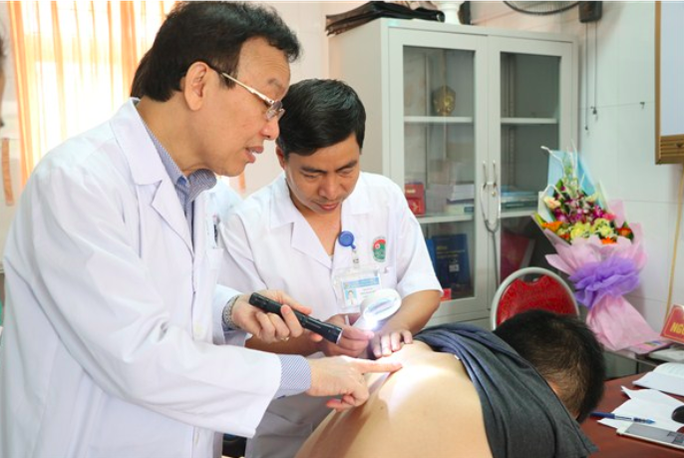
Professor Tran Hau Khang (left) examines a patient during a business trip to Ha Tinh . Photo: PHAN HIEU
This is a genetic disease, so Dr. Khang guides patients in treating the symptoms as well as measures to prevent complications. "When the disease was discovered and the cause was shared, the family was very happy, even though they knew it could not be cured," said Professor Khang.
Professor Tran Hau Khang: “I always want the next generation to be better than the previous generation, only then can the Vietnamese dermatology industry develop continuously. I believe that young colleagues will continue the aspirations of their predecessors, they will replace us.”
A few years ago, Professor Khang was also the first person to discover and diagnose the disease of hematemesis in Vietnam. It was a 24-year-old man from Hanoi who came to the hospital wearing a white shirt soaked in red, his slippers and face towel were both light pink. After taking the patient's medical history, knowing that he had contracted a strange disease after experiencing a huge economic shock that caused him to collapse mentally, Professor Khang turned his thoughts to the very rare phenomenon of "hematospermia", which has only been recorded in world medical literature to date, and has not been detected in Vietnam.
The patient was assigned two specific tests, one to detect red blood cells in the sweat glands and another to do a skin biopsy to determine the circulation between the sweat glands and the capillaries. "It took me a week to make an accurate diagnosis and find the mechanism of the disease. It was a very severe stress that could cause local vasomotor neuropathy, damaging the capillaries, skin and sweat glands..." - Professor Khang recalled.
The patient was then treated and completely recovered after 3 years of follow-up, becoming a typical case recorded in world medical literature.
After Professor Khang announced this case in 2018, two more cases of bloody sweat were recorded in the following two years. That was a 7-year-old girl in Hai Duong and one case in the Central Highlands.
Relieve patient anxiety
Working at a leading hospital and having many opportunities to travel abroad, he has had the opportunity to approach many strange diseases. The rarer the disease, the less documentation there is about it. Professor Khang has to look for books, pictures, and send emails to colleagues around the world to find information. There are diseases that have never been seen in any country.
He shared many rare skin diseases in his conversation with us. That was the case of a man who traveled 500 km from Quang Binh to Hanoi for examination with his tongue, hands and feet all black as coal. Or a female student in Hanoi with red and swollen extremities for unknown reasons.
Among the 20 rare skin diseases in Vietnam discovered by Professor Khang, there are skin, hair, and nail diseases caused by mental disorders such as hair pulling, hair eating, lip biting, tongue biting...
To treat these cases thoroughly, he had to coordinate with his psychiatric colleagues and the cooperation of families and schools... He reported some cases at many scientific conferences at home and abroad.
"I am very happy to discover strange and rare diseases, and find treatment solutions for some diseases. In these cases, the patients and their families are very worried and confused. Therefore, when some people hear the doctor diagnose the disease, explain the cause, mechanism of the disease, treatment direction, they are happy, joyful, and exclaim: This means 80% of the disease is cured. The happiest thing is that they are relieved mentally" - Professor Khang shared.
Bringing Vietnamese dermatology industry into the world
40 years ago, the young doctor from Ha Tinh, Tran Hau Khang, graduated as a resident physician in dermatology, which at that time was still a "difficult, dry and miserable" major, chosen by few people. Yet in the past 10 years, many doctors who passed the residency program with the highest results have chosen dermatology as their major.
"The development of Vietnam's dermatology industry is currently on par with that of other countries in the region" - Professor Khang affirmed when looking back on the long journey in which he was one of the people who contributed greatly to bringing Vietnam's dermatology industry into the region and the world.
In 1980, from being assigned by the Director of the Vietnam Dermatology Institute to manage foreign projects, after only 7 years, young doctor Tran Hau Khang became a consultant for the leprosy prevention program for the Western Pacific region of the World Health Organization for a decade (1987-1997).
At that time, every year, Dr. Khang went abroad for 4-6 months, both teaching and transferring experience, examining and treating patients... This not only enhanced the reputation of Vietnam's dermatology profession, but he also learned many valuable experiences from countries in the region.
With his passion, dedication and enthusiasm for the profession, he and his colleagues have contributed to the development of Vietnamese dermatology, affirming its position and reputation internationally.
From a very difficult situation for Vietnamese dermatologists to be invited to attend dermatological conferences abroad, over the past 15 years, when the Vietnam Dermatology Association officially became a member of the Southeast Asian and Asian Dermatological Associations (2009), the World Dermatological Federation (2011), many Vietnamese doctors have become presidents, co-presidents, secretaries, reporters... at specialized conferences in the region and the world.
Tirelessly dedicated to the sick
From the time he was a student until he became one of the few dermatologists to be awarded the title of professor, Dr. Tran Hau Khang has always maintained his spirit of dedication. For him, the "spiritual doping" that comes from the joy of discovering a strange disease or successfully curing a patient or simply from coincidental memories is also a source of energy that fuels him throughout the long journey.
He still remembers a story that happened decades ago, on a business trip to Lai Chau with a German expert to survey the leprosy situation.
On the way down to the village in a remote commune, he heard a painful cry coming from a house by the roadside. Stopping the car, he saw a woman holding a skinny, tiny, limp, purple baby in her arms, barely breathing, barely moving. The baby’s mother said her child had diarrhea and fever for many days, but the family only prayed to a shaman and did not take the baby to the health station.
Seeing that the child was in critical condition and at high risk of death, he and his colleagues discussed with the German expert, suggested postponing the work, turning the car around through the forest to take the baby and his parents to the ambulance. The district hospital doctor then diagnosed the baby with acute pneumonia and dehydration. Knowing that his child was saved, the baby's father knelt down in the hospital room, clasped his hands and bowed to the doctors.

Source














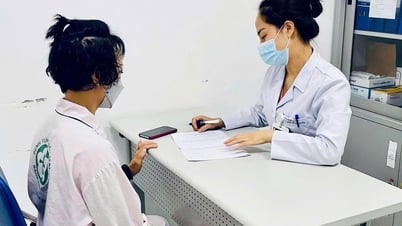

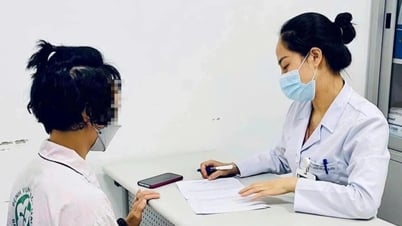











![[Photo] Prime Minister Pham Minh Chinh receives leaders of several Swedish corporations](https://vphoto.vietnam.vn/thumb/1200x675/vietnam/resource/IMAGE/2025/6/14/4437981cf1264434a949b4772f9432b6)





























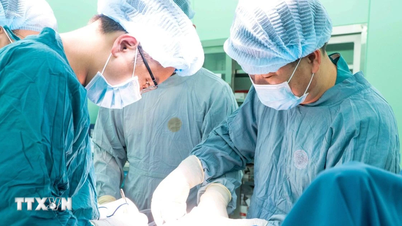










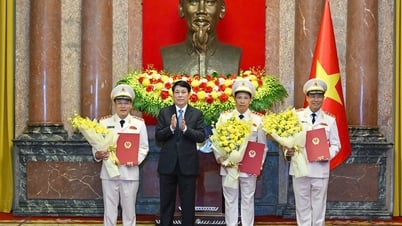







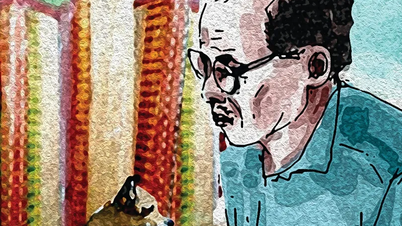













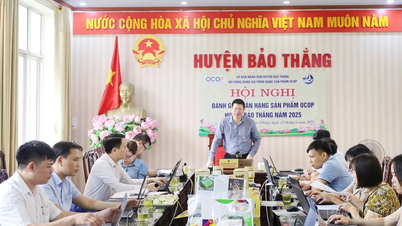





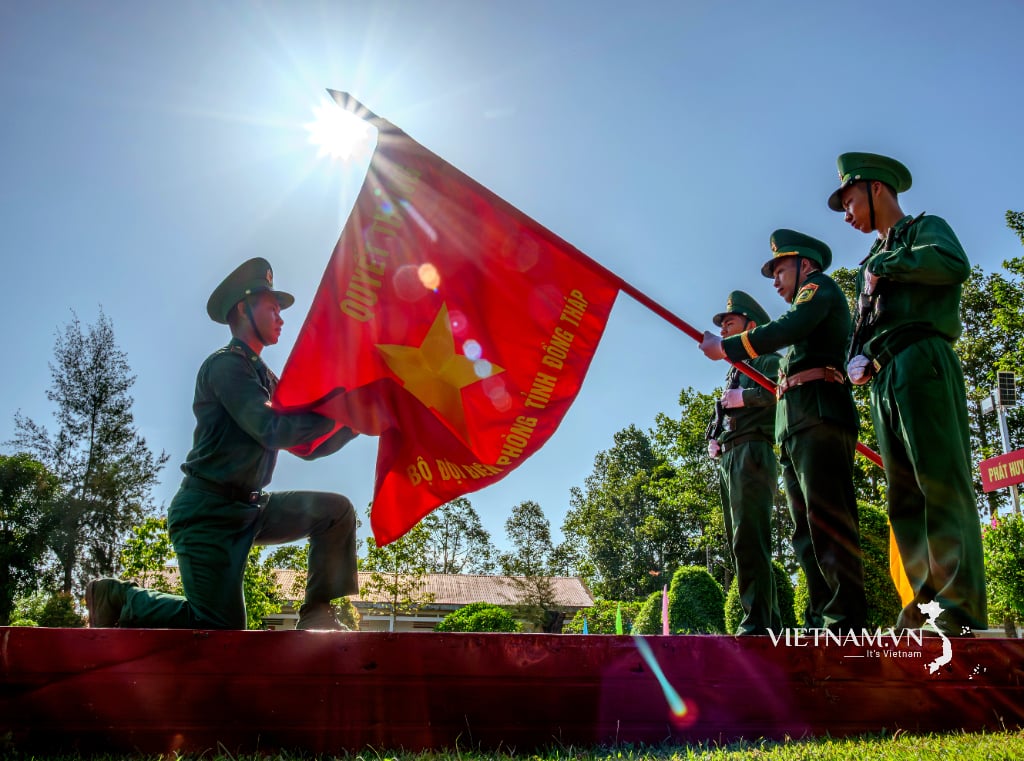
Comment (0)